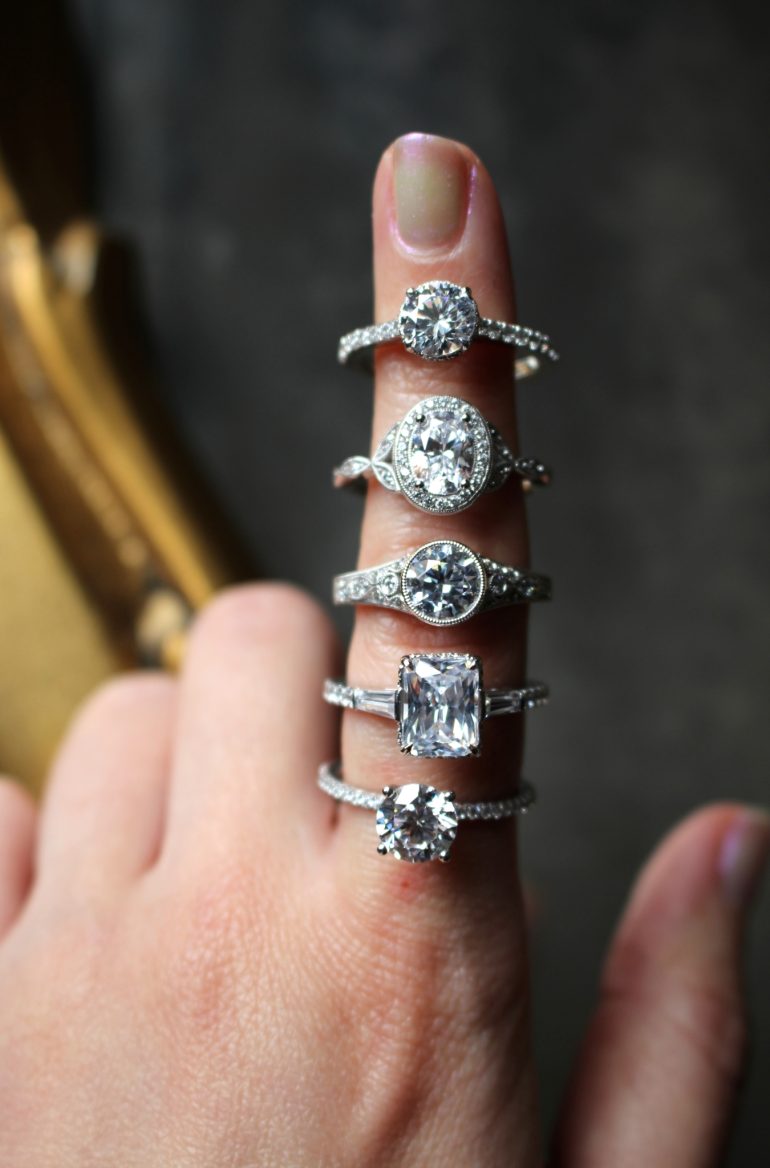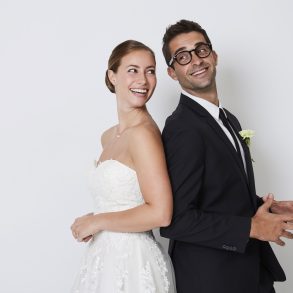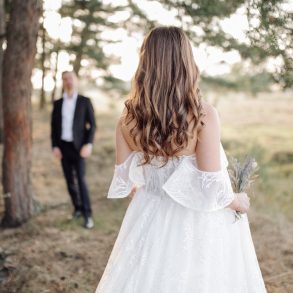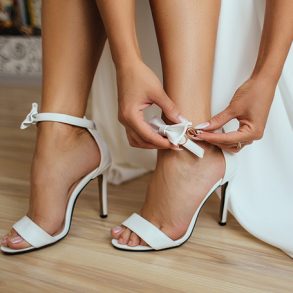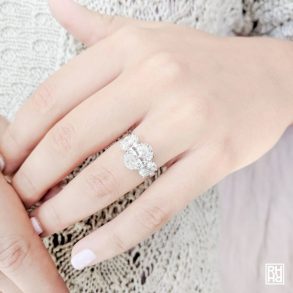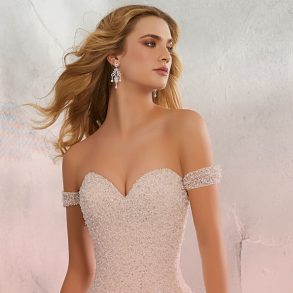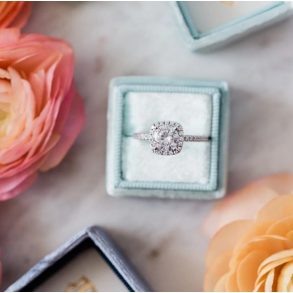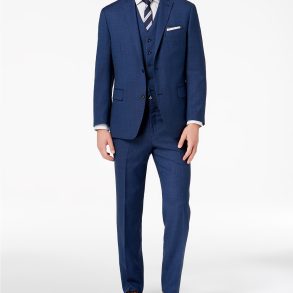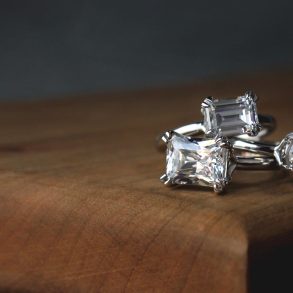In today’s world, wedding rings are a symbol of love and commitment between a husband and wife—but that wasn’t always the case. Diamonds haven’t always been a girl’s best friend and many men didn’t wear a wedding band until the 20th century. The story of the wedding ring has a long history and has evolved a lot since it was first introduced thousands of years ago. Here’s everything you need to know about the bling behind the ring.
Early Introductions
Ancient Egyptian scrolls, dating back nearly 5-thousand years ago, depict couples presenting braided rings of hemp or reeds to each other to symbolize their marriage. Since these materials didn’t last long, the Egyptians upgraded to leather, bone, or ivory. In their opinion, the more expensive the material the “more love” was being shown. The value of the ring also demonstrated the net worth of the ring giver.
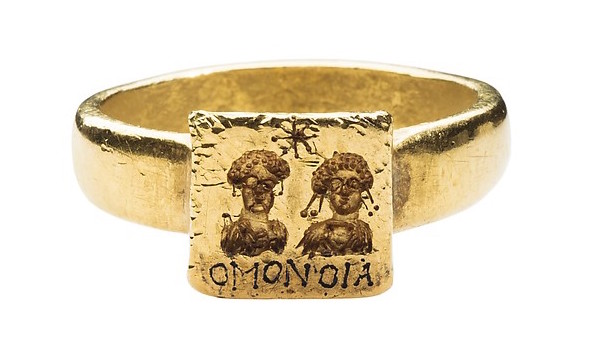 |
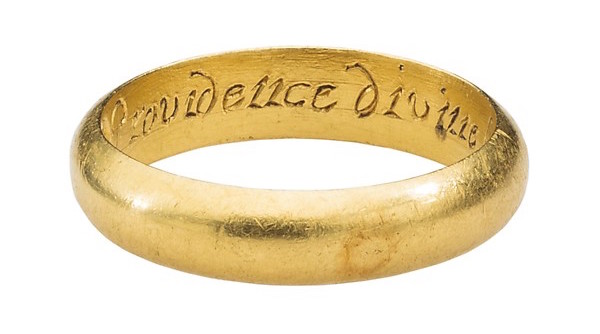 |
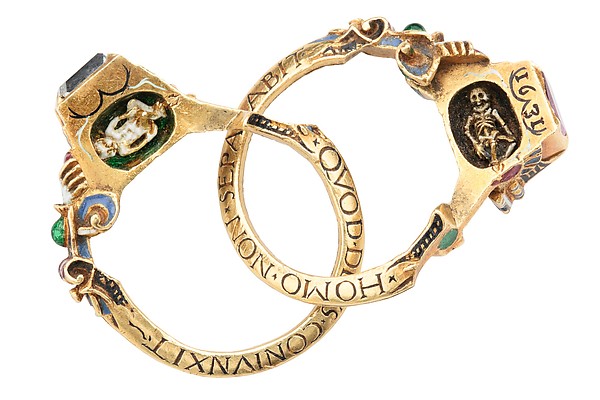 |
|---|
Courtesy: withtheseringshandmade.com
Later, ancient Romans upgraded to rings made of iron or gold and was used to signify a business contract of mutual love and obedience. The durable material symbolized strength and permanence. In the 15th century, posy rings were very popular; these were engraved rings with a small poem or verse. Many couples still do this tradition and have the wedding date or a quote engraved on the inset of the ring. Gimmel rings were also popular in the 15th through the 17th century. These rings consisted of 2-3 interlocking bands, symbolizing that each band is free yet remains together to create a whole.
Both the Egyptians and the Romans placed the ring on the fourth finger of the left hand. They believed the now-called ring finger contained a vein that went straight to the heart. This myth has since been debunked by physiologists, but it’s still a romantic thought! Although this tradition is popular in America, many European couples wear their rings on their right hand.
Materials & Diamonds
In 1850, Pope Nicholas I officially declared that an engagement ring represents a man’s intent to marry. Gold or white gold wedding bands were popular with Europeans and are still a popular choice today—the material is simple, practical, and easy to keep clean. Rose gold is becoming an increasingly popular option because it represents love, compared to white gold which represents friendship, and yellow gold representing fidelity. Platinum is another top pick today since it’s hypoallergenic. Want something fashionable, yet functional? Durable silicone rings are ever-popular for active couples that want to display their eternal love and come in so many stylish & contemporary designs.
 |
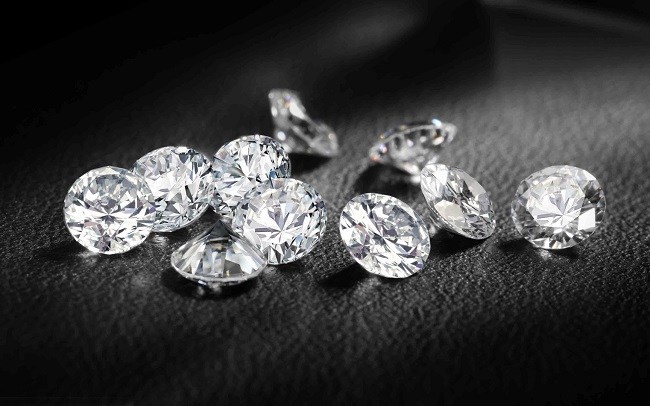 |
|---|
Courtesy: whowhatwear.com, adamsjewelers.net
So, what about those beautiful, sparkly things that sit on top of engagement rings? We know you’re dying to know about the history of diamonds! The first recorded diamond wedding ring dates back to the late 1300s/early 1400s when an English widow left the ring in her will. The first engagement ring to include diamonds was in 1477 when the Archduke Maximilian of Austria proposed to Mary of Burgundy. The ring featured long, narrow diamonds mounted in the shape of an “M”. It took a long while after that for the diamond trend to hit America.
In 1947, De Beers, the British company that mined diamonds in South Africa, launched an advertising campaign with the slogan “A diamond is forever”. After the campaign, diamond engagement ring sales skyrocketed. This gave men a chance to show a woman she was “worth it” to receive an expensive diamond and, similar to the Egyptian tradition, demonstrated his earning power. Through De Beers’ marketing efforts, U.S. brides with a diamond engagement ring jumped from 10% in 1939 to 80% in 1990. To further seal the deal, Marilyn Monroe came out with a song titled “Diamonds are a girl’s best friend” in 1953 making it a household phrase.
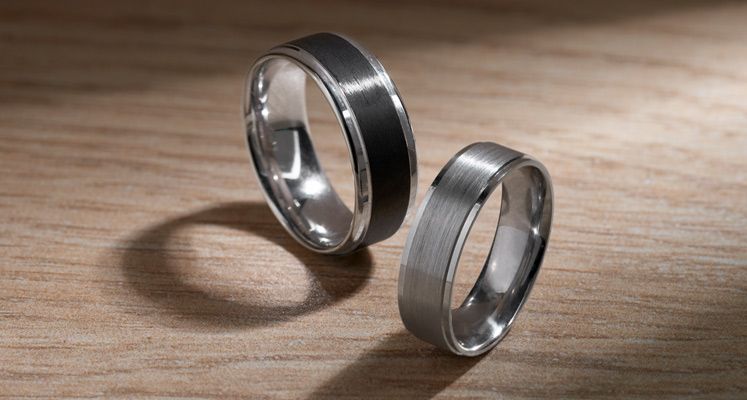 |
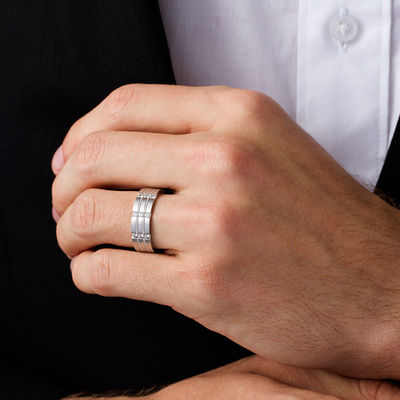 |
|---|
Courtesy: shaneco.com, zales.com
Don’t forget about the men! Although men and women in ancient Egyptians wore rings out of natural materials, wedding rings for men are actually a fairly new tradition in America. Men started wearing wedding bands during World War II to remind them of their wives back home and to show their commitment while they were overseas. It wasn’t until after the Korean War that civilians started to wear them. Traditionally, the bands were plain metal as most men worked with their hands. Today, men are trading in the silver and gold bands and choosing a harder metal like stainless steel, tungsten, and titanium so that it lasts longer.
Trends of Today
Lab-grown diamonds are a huge trend right now! These diamonds are totally real, they’re just created in a controlled environment and eliminate the need for harmful mining. You’ll also add a little extra money to your honeymoon fund—lab-grown diamonds generally cost 20-40% less than a real diamond.
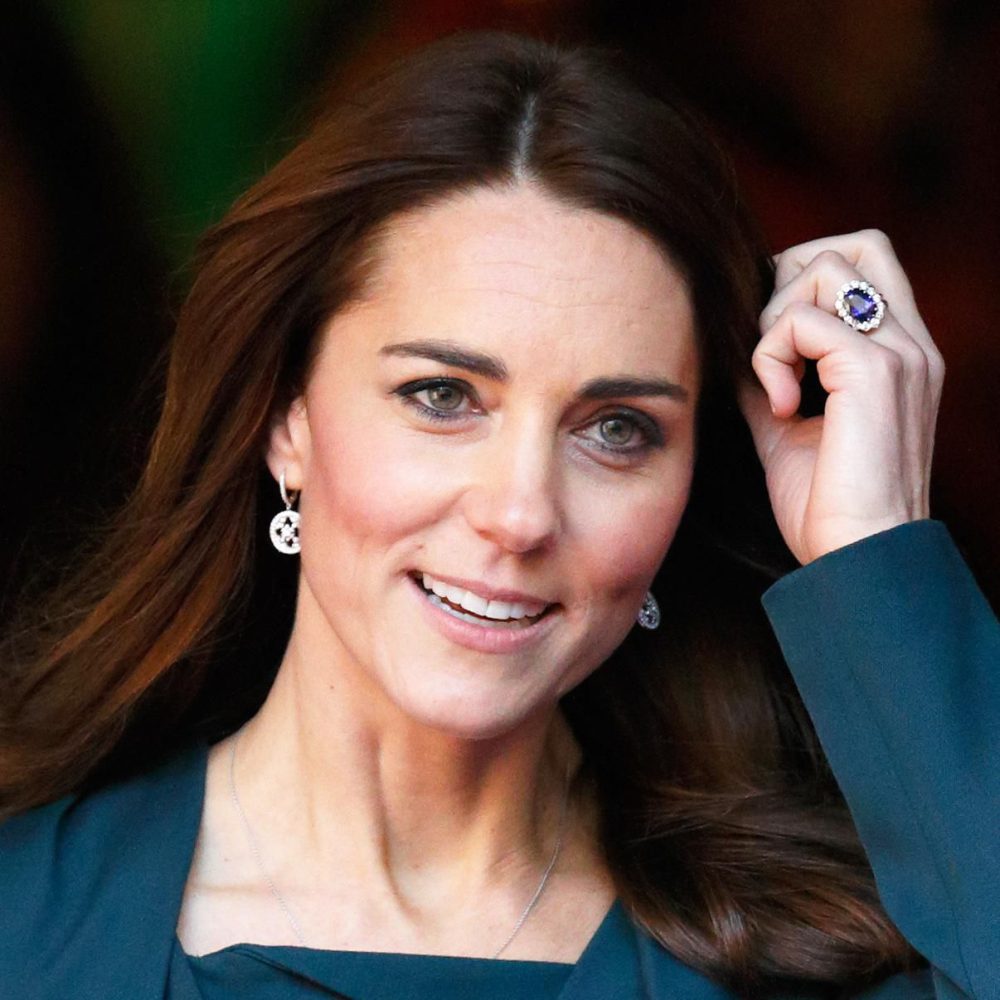 |
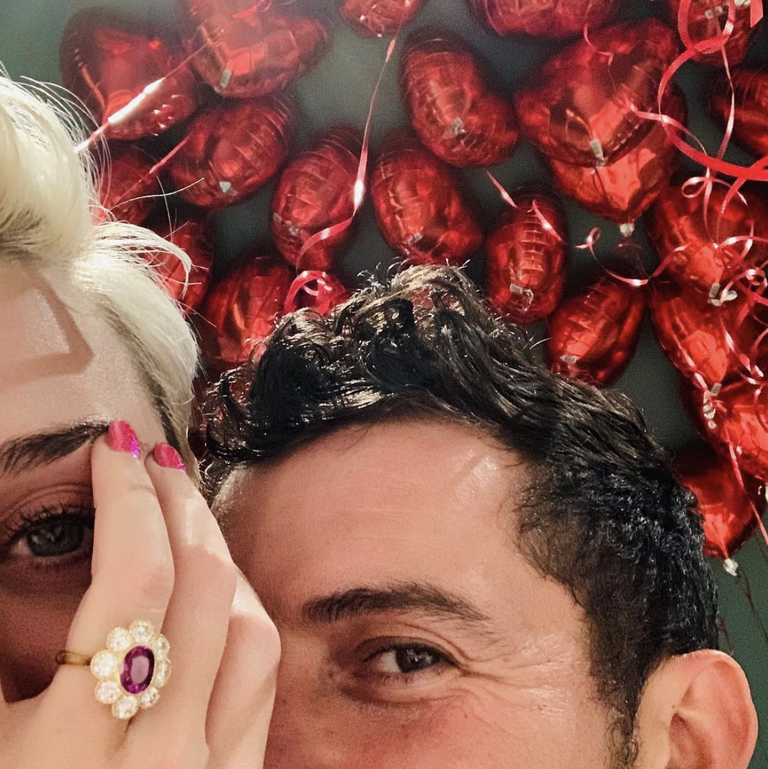 |
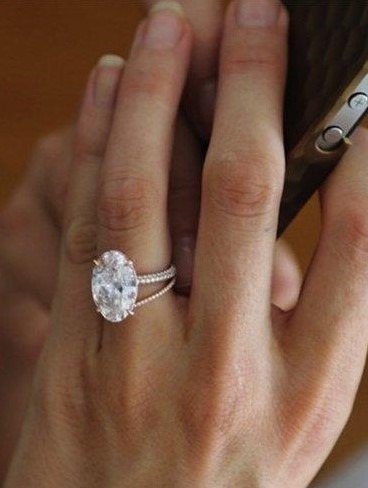 |
|---|
Courtesy: brides.com, harpersbazaar.com, victorbarbone.com
If your bride-to-be doesn’t want the traditional diamond, colorful stones are becoming more popular among celebrities. Kate Middleton was given a stunning 12-carat sapphire surrounded by 14 solitaire diamonds ring from Prince William. Actress Blake Lively sports a 7-carat light pink, oval diamond in a rose-gold setting from Ryan Reynolds. Orlando Bloom proposed to singer Katy Perry with a ruby in a floral halo design.
In case you’re curious, the most expensive celebrity engagement ring to date is Mariah Carey’s 35-carat engagement ring from ex-fiancé James Packer. The ring reportedly cost a cool $10 million and sold for $2.1 million in May 2018.
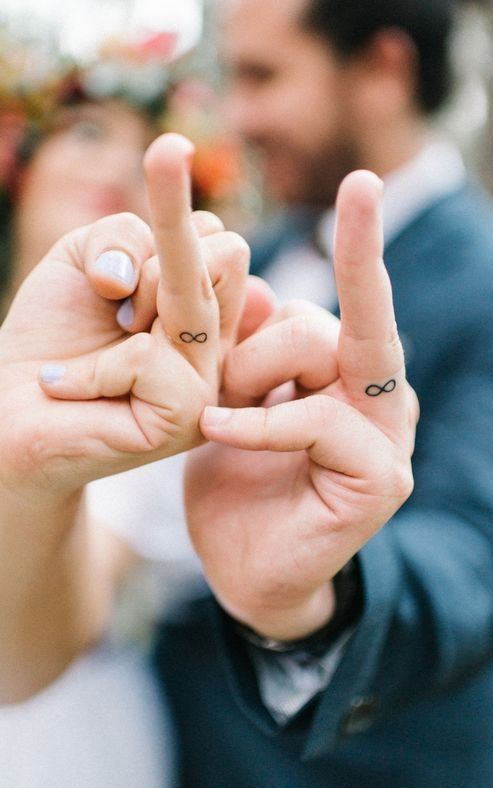
Courtesy: weddingomania.com
Are rings not really your thing? Many couples are going beyond the tradition of exchanging rings and doing something totally different—like getting matching tattoos on their ring finger or proposing with a pet or a necklace instead of a ring. This allows non-traditional brides and grooms to be unique to their personality and choose something they’ll truly enjoy for the rest of their lives.

